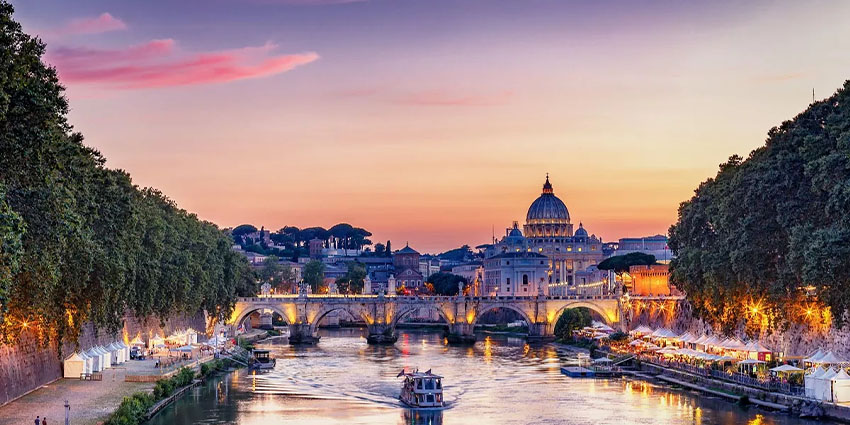
Exploring Italy from North to South
Italy is a country of extraordinary diversity, where every region tells a unique story.
From the snow-capped peaks of the Alps to the sun-kissed shores of the Mediterranean, Italy’s geographical regions offer a rich tapestry of landscapes, cultures, and traditions. Whether you’re a lover of art, history, cuisine, or nature, there’s a part of Italy that will capture your heart. Let’s take a journey through the five main geographical areas of Italy: the North West, North East, Centre, South, and the Islands.
The North West: Italy’s Industrial Heartland
The North West of Italy is a region of contrasts, where the bustling cities of Milan, Turin, and Genoa meet the tranquil beauty of the Alps and the Italian Lakes. This area is often referred to as Italy’s industrial heartland, home to some of the country’s most important economic and cultural centres.
Milan, the fashion capital of the world, is a city that effortlessly blends the old and the new. Here, you’ll find the stunning Gothic architecture of the Duomo standing proudly alongside cutting-edge modern skyscrapers. But Milan is more than just fashion and finance; it’s a city of art and culture, with world-class museums and galleries, including the famous La Scala opera house.
In contrast, Turin offers a more subdued charm. Once the capital of Italy, this city is steeped in history. It’s famous for its Baroque architecture, elegant squares, and the shroud that bears its name. Turin is also the gateway to the Italian Alps, making it a perfect destination for winter sports enthusiasts.
Finally, Genoa, with its rich maritime history, offers visitors a taste of Italy’s seafaring past. Wander through the narrow streets of the historic centre, discover hidden palaces, or enjoy fresh seafood in one of the many trattorias. The Ligurian coast, stretching from Genoa to the French border, is a paradise of rugged cliffs and charming coastal villages like Portofino and the Cinque Terre.
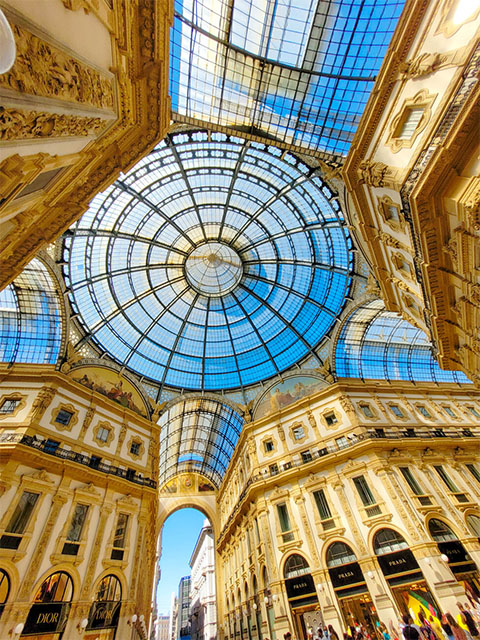
The North East: A Land of Mountains and Plains
Moving to the North East, you’ll encounter a region where mountains and plains meet. This area is home to some of Italy’s most picturesque landscapes, from the towering Dolomites to the fertile plains of the Po Valley. The North East is also a region of innovation and tradition, where cities like Venice, Verona, and Bologna each offer something uniquely Italian.
Venice, perhaps the most iconic city in Italy, is a place like no other. Built on a series of islands, Venice is famous for its canals, gondolas, and stunning architecture. Whether you’re gliding along the Grand Canal, exploring the art treasures of the Doge’s Palace, or simply getting lost in the labyrinthine streets, Venice is a city that never fails to enchant.
Verona, the city of Romeo and Juliet, is another gem of the North East. This beautiful city, with its Roman amphitheatre and medieval old town, is steeped in romance and history. Verona is also known for its wine, and a visit to the nearby vineyards of Valpolicella is a must for any oenophile.
Further south, Bologna is a city of red roofs, ancient towers, and world-renowned cuisine. Known as “La Grassa” (The Fat One) for its culinary delights, Bologna is the birthplace of beloved dishes like tagliatelle al ragù (Bolognese sauce) and tortellini. But Bologna is also a city of learning, home to the oldest university in the Western world.
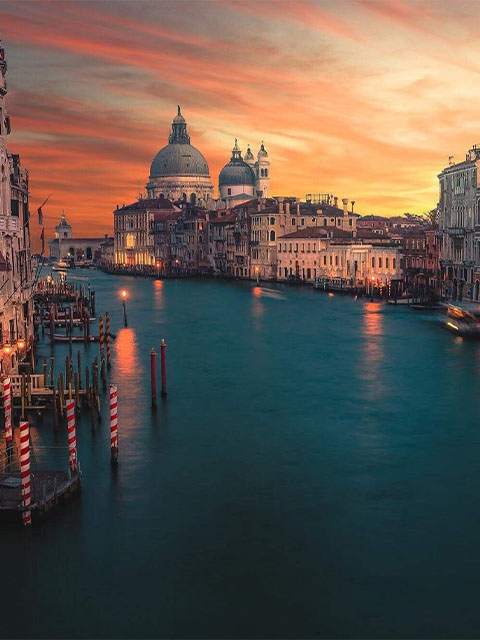
The Centre: The Heart of Italy
The central region of Italy is often referred to as the “heart” of the country, both geographically and culturally. It’s a land of rolling hills, medieval towns, and Renaissance art, where the past is always present. The Centre is dominated by two regions: Tuscany and Lazio, home to Florence and Rome, respectively.
Florence, the cradle of the Renaissance, is a city that needs no introduction. The birthplace of Leonardo da Vinci and Michelangelo, Florence is a treasure trove of art and architecture. The Uffizi Gallery, the Duomo, and the Ponte Vecchio are just a few of the city’s many attractions. But Florence is also a city of fashion, food, and wine, making it a must-visit destination for any traveller.
Rome, the Eternal City, is the capital of Italy and one of the most important cities in the history of the world. From the ancient ruins of the Colosseum and the Roman Forum to the grandeur of the Vatican and St. Peter’s Basilica, Rome is a city that lives and breathes history. But Rome is also a vibrant, modern metropolis, where you can enjoy everything from high-end shopping to traditional Roman cuisine.
The Central region also includes the rolling hills of Umbria and Le Marche, areas known for their unspoiled landscapes and medieval hill towns. In these regions, you can escape the crowds and experience the slower pace of life that characterizes rural Italy.
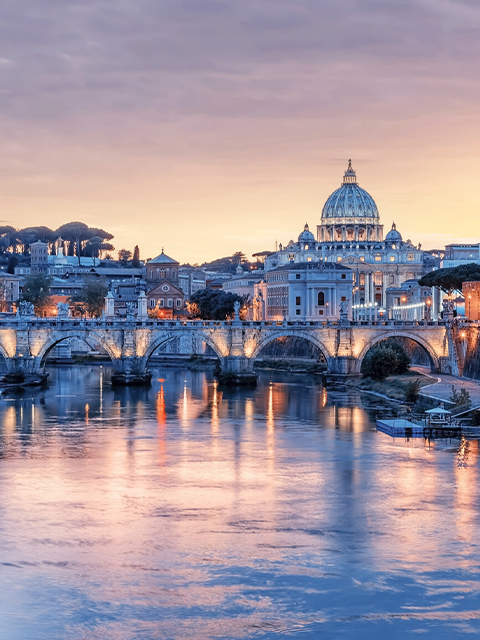
The South: A Land of Sun and Sea
The South of Italy, often referred to as the Mezzogiorno, is a region of sun, sea, and ancient history. It’s a land where time seems to stand still, where traditions are deeply rooted, and where the warmth of the people matches the climate. The South is home to some of Italy’s most famous and beautiful destinations, including Naples, the Amalfi Coast, and Sicily.
Naples, the birthplace of pizza, is a city of contrasts. It’s a place where chaos and beauty coexist, where the narrow streets of the historic centre pulse with life, and where the view of Mount Vesuvius serves as a constant reminder of the city’s volcanic past. Naples is also the gateway to the Amalfi Coast, a stretch of coastline that is often considered one of the most beautiful in the world. Towns like Positano, Amalfi, and Ravello offer breathtaking views, crystal-clear waters, and some of the best seafood you’ll ever taste.
Further south lies Sicily, the largest island in the Mediterranean and a region with a unique identity. Sicily’s history is a tapestry of different cultures, from the Greeks and Romans to the Arabs and Normans. This rich heritage is reflected in the island’s architecture, cuisine, and traditions. Whether you’re exploring the ancient ruins of Agrigento, wandering through the markets of Palermo, or relaxing on the beaches of Taormina, Sicily offers an experience that is both exotic and familiar.
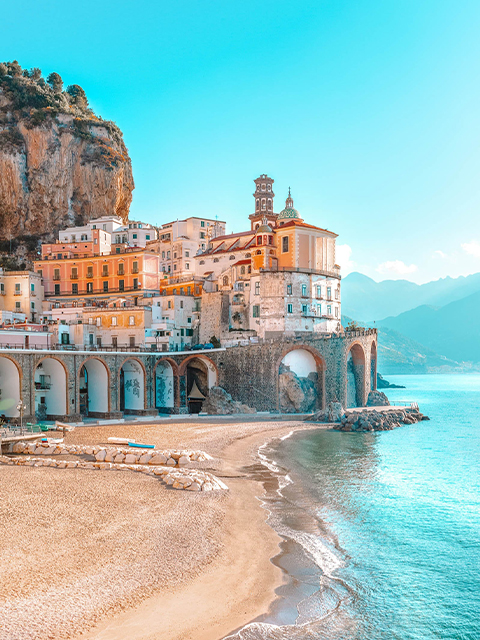
The Islands: Sardinia and Beyond
Italy’s islands offer yet another dimension to this incredible country. The most famous of these are Sicily and Sardinia, but there are also many smaller islands, each with its own character and charm.
Sardinia is an island of wild beauty, with a rugged interior and some of the most pristine beaches in Europe. The Costa Smeralda, with its turquoise waters and white sands, is a playground for the rich and famous, but Sardinia has much more to offer.
The island’s interior is a land of mountains, forests, and ancient ruins, where you can still find villages that have remained unchanged for centuries. Sardinia is also known for its unique cuisine, which includes delicacies like suckling pig and pecorino cheese.
In addition to the larger islands, Italy is home to many smaller islands that are perfect for a tranquil escape. Capri, with its glamorous reputation and stunning scenery, has been a favourite destination for centuries. The island of Ischia, known for its thermal baths, offers a more relaxed atmosphere. The Aeolian Islands, located off the coast of Sicily, are a volcanic archipelago known for their dramatic landscapes and crystal-clear waters.
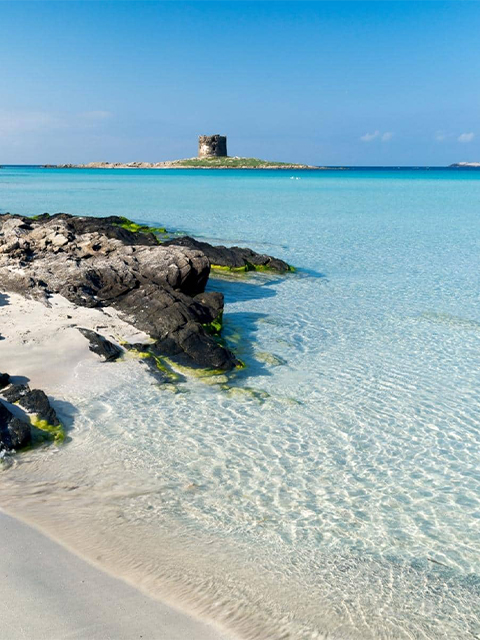
Italy’s geographical regions are as diverse as the country itself. From the industrial powerhouse of the North West to the sun-drenched shores of the South, from the cultural treasures of the Centre to the wild beauty of the islands, each area offers something unique.
Whether you’re planning your first trip to Italy or returning for the umpteenth time, there’s always something new to discover.
So pack your bags, set your sights on Italy, and prepare to be enchanted by the beauty and diversity of this remarkable country.




